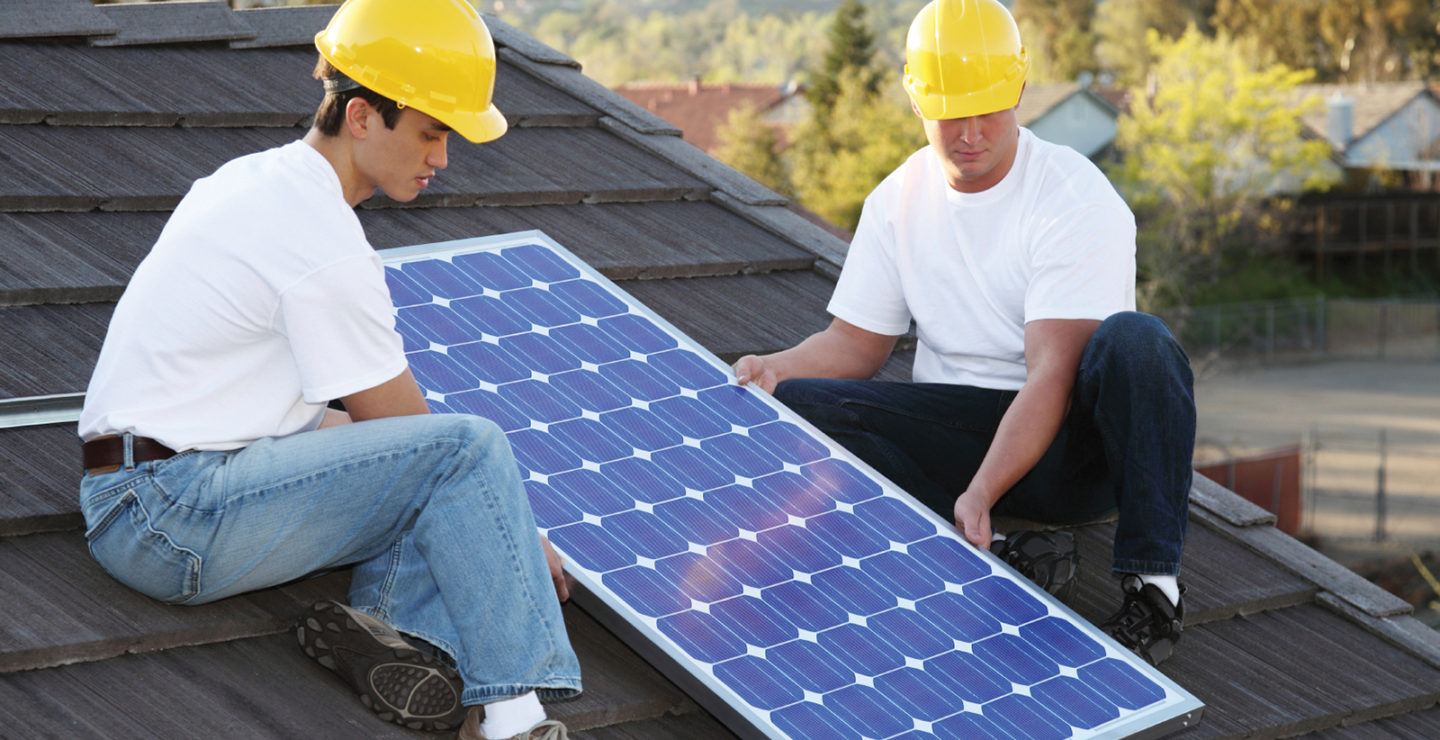Our memory of commuting to school or of the neighborhood vegetable vendor is that of a haggard old man pedaling his cycle rickshaw under the scorching sun. Ironically, that very Sun can help ease the physical burden of the rickshaw puller, courtesy Soleckshaw -a solar powered rickshaw that can either be pedaled or run off a 36-volt battery. Call it what you may, Ra or Aditya, the sun is a mighty force to be heralded. And recognizing this force, Inderpreet Wadhwa set up Azure Power with the mission of delivering solar energy to its customers, as a service, rather than as a product.

The idea
Inderpreet, the founder and CEO of Azure Power, was born and brought up in India, but spent many years in California working for Loyalty Labs and Oracle Corporation. A pressing need to make a difference and do something socially conscious made him return to his homeland. After weighing his options and considering fields like Microfinance, he finally rustled up the idea of starting a solar power initiative in a country where sunny days are in abundance and electricity is always on the shortage. Simply put, solar power is the conversion of sunlight into electricity.
“Solar lanterns and small heating systems can’t be expected to work on a mass scale. Instead of concentrating on one village or town, I wanted to create a huge distribution system for solar energy that benefits the entire society over a period of time,” emphasizes Inderpreet. While the Central Ministry has pushed for rural electrification using solar energy, the scale currently being proposed is too small, and cannot create a sustainable venture that makes commercial sense.
Operational details
Customers could benefit from the regulatory and marketing benefits offered by an alternative energy resource, but don’t have to worry about building and operating a power plant. Energy was something customers bought, and it was a commodity as far as they were concerned. Azure Power launched their first project in Bakhra, located in the state of Punjab, generating 1 MW for the entire area. The problem with other solar generating systems is that there is a significant loss in distribution and transmission, apart from power theft. “We distinguish ourselves and save energy by building a power plant close to where the energy is needed,” clarifies Inderpreet. They signed a deal with the Punjab government in March 2008 and commissioned the power plant within a month, making it the fastest delivery in India. Azure Power manages the complete process of delivering solar energy for commercial, government and state-owned utility providers.
With Azure Power’s model, customers save on upfront asset and operational costs, and they can focus on their core business. “We first sign an agreement followed by site identification. The next stage is procuring the necessary permits from the environmental ministry, pollution board and ministry of power. The construction starts soon after and the plant is connected to the closest grid point. Metering and billing is part of the services provided and the final step is the maintenance which depends on the lease agreement,” explains Inderpreet. A customer only pays monthly bills, making this a viable long-term investment. The minimum contract period is 7 years, at the end of which you can choose to renew it.
The Government realises the need for solar power and proposes to achieve 78 GW of solar power in the 11th five-year plan. The government is also planning to develop up to 60 solar cities over the next decade to reduce emissions and develop renewable energy.
“Working with commercial clients is a little easier operationally, since the regulatory permissions needed as less complicated,” feels Inderpreet. They build solar panels on rooftops of customers after gauging their power needs. The largest solar power plant today has a capacity of 200 KW, which is in Punjab. Currently, they operate the largest grid connected solar plant with a capacity of 2,000 KW. The capital required to build such solar panels is expensive and costs around Rs 20 crores but the operational costs are next to nothing, making it a viable option as a long-term solution. “We don’t sell systems, we sell energy contracts,” adds this affable entrepreneur.
Hurdles
Working with nodal agencies in India in the power sector is a complicated process. Procuring permits can be a real hassle. “Consider our first project. 70 per cent of the time was spent in licensing and permitting issues. If the life of a project is one year, only 4-5 months is spent in the actual project construction,” explains Inderpreet. A change in the mindset of people is imperative. “People want reliable power. They get interested when you offer solar power and explain its efficiency in peak load shedding conditions. But once you intimate them of the cost differences, they get disillusioned,” feels Inderpreet. That said, Inderpreet also goes forward to explain that the conditions aren’t dire. Solar energy is flexible. The cost of technology is going down while efficiency is going up. “The government is ready to buy power at higher costs making solar power a reality today,” says Inderpreet.
The Government realises the need for solar power and proposes to achieve 78 GW of solar power in the 11th five-year plan. “Half the time has elapsed and only 18 per cent of that projection has been achieved,” notes Inderpreet. The Union Government is expected to launch the National Solar Mission on November 14th 2009. The mission and purpose of this draft is to make India a global leader in solar energy. The capacity of solar power generation has been earmarked at 20,000 MW by 2020; 1,00,000 MW by 2030 and of 2,00,000 MW by 2050.
According to a Business Standard report, our coal reserves are expected to exhaust by 2040, with the current usage. Great strides are being made to reduce these costs. Research is being done on solar-thermal hybrid powered plants, which utilize both the Sun’s energy as well as coal, in order to minimize our dependence on coal. Our biggest beef with solar power is the high cost of generation; it costs about Rs. 15 per unit of energy produced while coal is as cheap as Rs. 2. In a bid to boost solar power usage, the government offered to bear almost 80 per cent of the cost of solar power. The government is also planning to develop up to 60 solar cities in the country to reduce emissions and develop renewable energy. Up to 10 per cent of energy consumption of a solar city will be met through renewable energy and energy efficiency measures. But the change cannot come from the government alone.
While considering the operational and regulatory complexities of this business, entrepreneurs like Inderpreet have to be lauded for their efforts in promoting a green India. “All I want to do is to create more clean energy,” sums up this intrepid entrepreneur.
